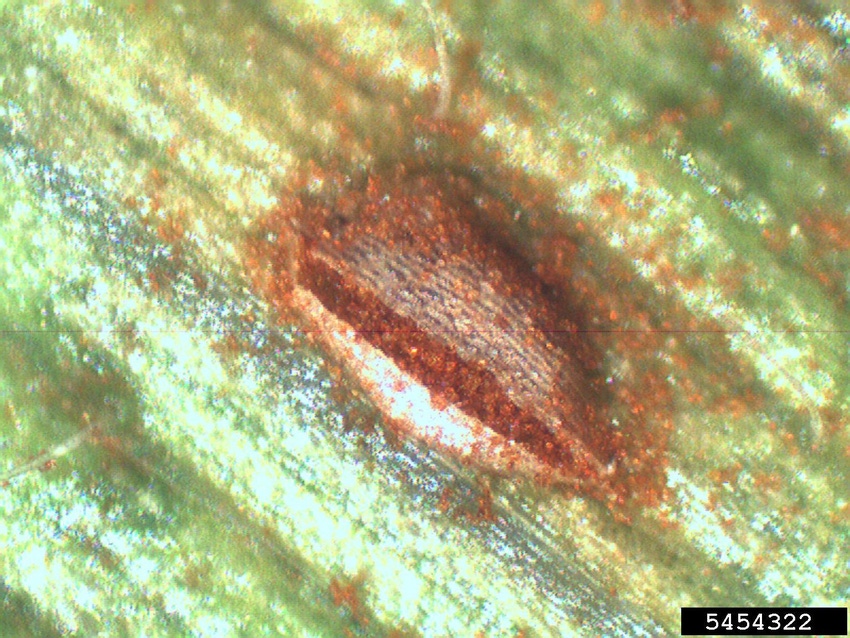
Disease and nematode management for your 2021 crops starts now. Now is the time to carefully select the most appropriate varieties, to settle upon most effective crop rotations and to begin “filling in the blanks” for choice of fungicides and nematicides.
Working with county agents, consultants and growers to develop best management plans, I assume that we share some basic understanding of diseases and nematodes. This is not a fair assumption if no one has ever taken the time to teach you.
In mid-December, I invited my team and a few other student workers to lunch anticipating the Christmas Season. Most of my guests selected meals of moderate, even modest cost, practicing what I thought was established etiquette: consideration for your host. A pair of young men, however, proceeded to order the largest, most expensive steak on the menu and then ordered additional sides. Neither cleaned their plate, but both expressed with satisfaction that they had sampled “the very best” that this restaurant had to offer.
While eating, I noted that one of the students (most at the table attended college) was wearing a “Magellan” T-shirt. Always the professor, I asked if anyone could tell me ANYTHING about Magellan. There was silence. After an awkward period, one young man replied, “Dr. Bob, I thought that this was just the name of a brand of shirts.” Needless to say, I was stunned at what I felt were breaches in common etiquette and common knowledge. Later, after considerable angst, I realized that the problem was less with my young guests and more with the fact that no one had ever taken the time to teach them. I won’t make that mistake with growers.
To best protect your crop against diseases and nematodes, it is essential to understand the basics. So I sleep better at night, I would like to outline a few basics when deploying management strategies to our row crops:
Fungicides can be essential tools for the control of crop diseases. Unlike insecticides, where we often talk of thresholds, or herbicides, where we consider the size of the weed, fungicides are best used preventatively. Once established, diseases become much more difficult to control, largely because of difficulties in reaching the target after infection occurs.
Fungicides can be split into two broad groups, protectants and systemics. Protectant fungicides are preventative and MUST be applied prior to infection. Systemic fungicides are best used preventatively; however, because they can penetrate plant tissues, they have some curative activity. Curative activity is limited, and like cancer in humans, if plant diseases are not caught early enough, they will be impossible to stop.
Even in the absence of a specific crop, disease-causing pathogens and parasitic nematodes survive in a field, poised to attack at the next opportunity. Survival occurs when the next crop is also susceptible, or when weeds are susceptible. Survival occurs when pathogens and nematodes hunker down, killing time until a suitable host returns.
Some pathogens, like those causing rust diseases, must have a living host; in the absence of a susceptible crop, they remain a threat only until their short-lived spores die. Other pathogens survive in infected crop debris. Peanut leaf spot, corn blight, and target spot pathogens survive in the debris left at harvest. A few pathogens, such as the peanut white mold fungus, produce survival structures that can remain viable for years.
Warm and moist conditions are favorable for development of diseases. First, growth and development of many pathogens is enhanced during periods of warmth. Second, infection by fungi and bacteria, and activity of plant-parasitic nematodes occurs more readily with wet weather. Third, disease-causing organisms are spread over significant distances, in wind and blowing rain. Finally, excessive rain can keep growers out of the field and frim timely fungicide applications.
The value of a resistant variety should be fully recognized. Where a variety has complete resistance, the plants may be immune to damage from a disease or nematode. Where a variety has partial” or rate-limiting resistance, development of disease will be delayed and slower as compared to a susceptible variety. Planting resistant varieties results in less need for use of fungicides and nematicides; it may also reduce the risk to losses in future crops as well.
Timeliness is critical for best and most effective use of fungicides. Timeliness may require applications when the crop reaches a critical growth stage. Timeliness may require early detection of a disease. Putting a scout and “boots” in the field are essential l for the best management.
Having a “basic” understanding matters in life and it matters in farming. My initial angst at young men and women for poor manners and lack of common knowledge was replaced with understanding that someone should have spent more time teaching them. I feel the same for crop production; guys like me need to take the time to make sure you have what you need for success. You deserve it.
About the Author(s)
You May Also Like






